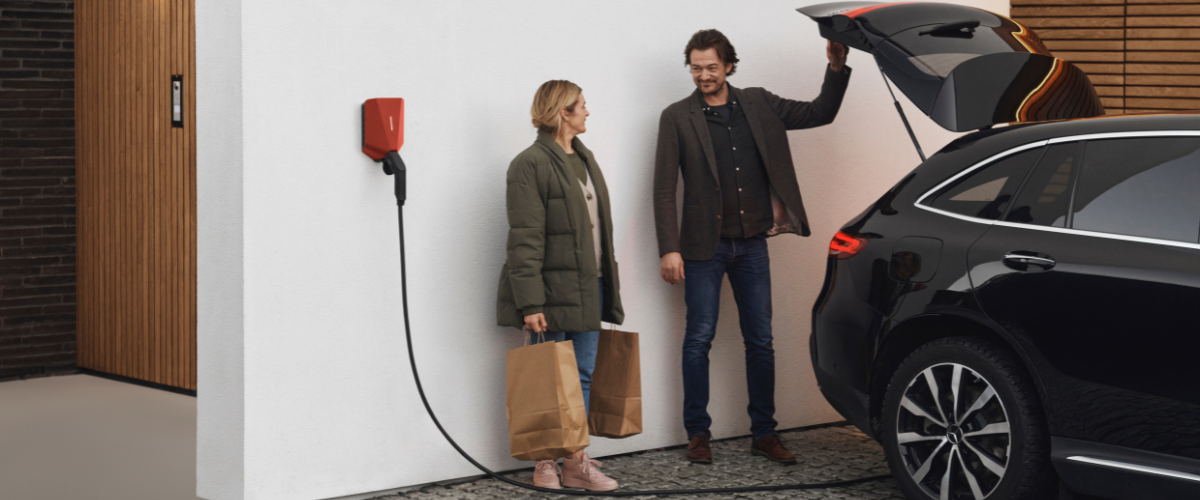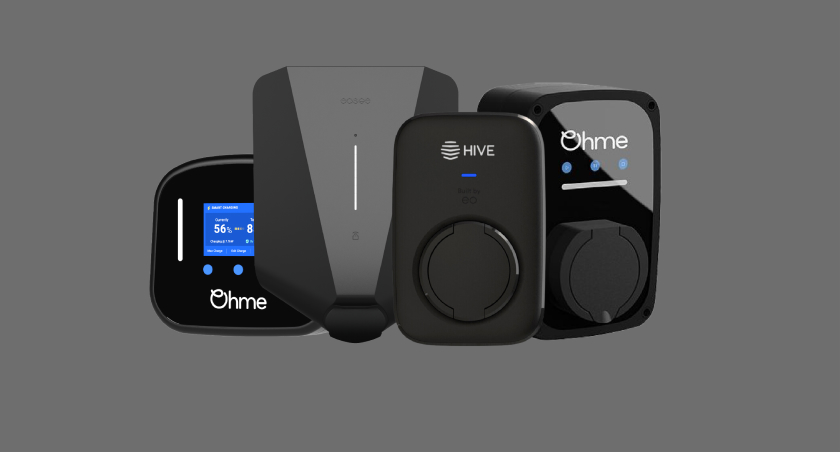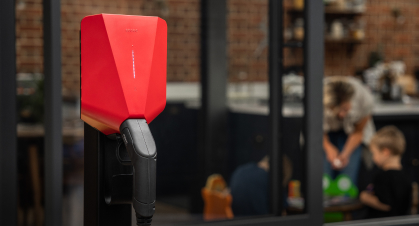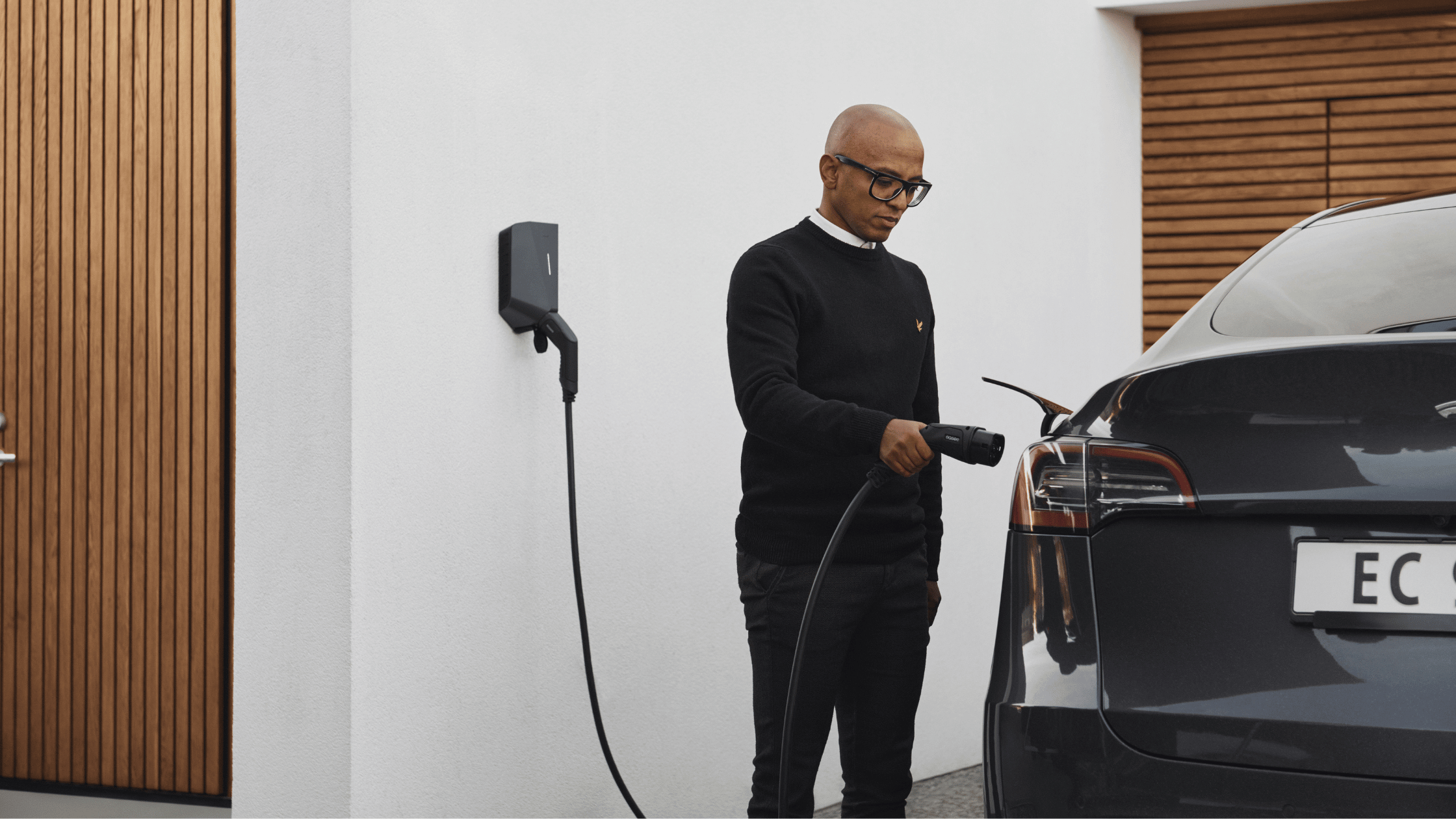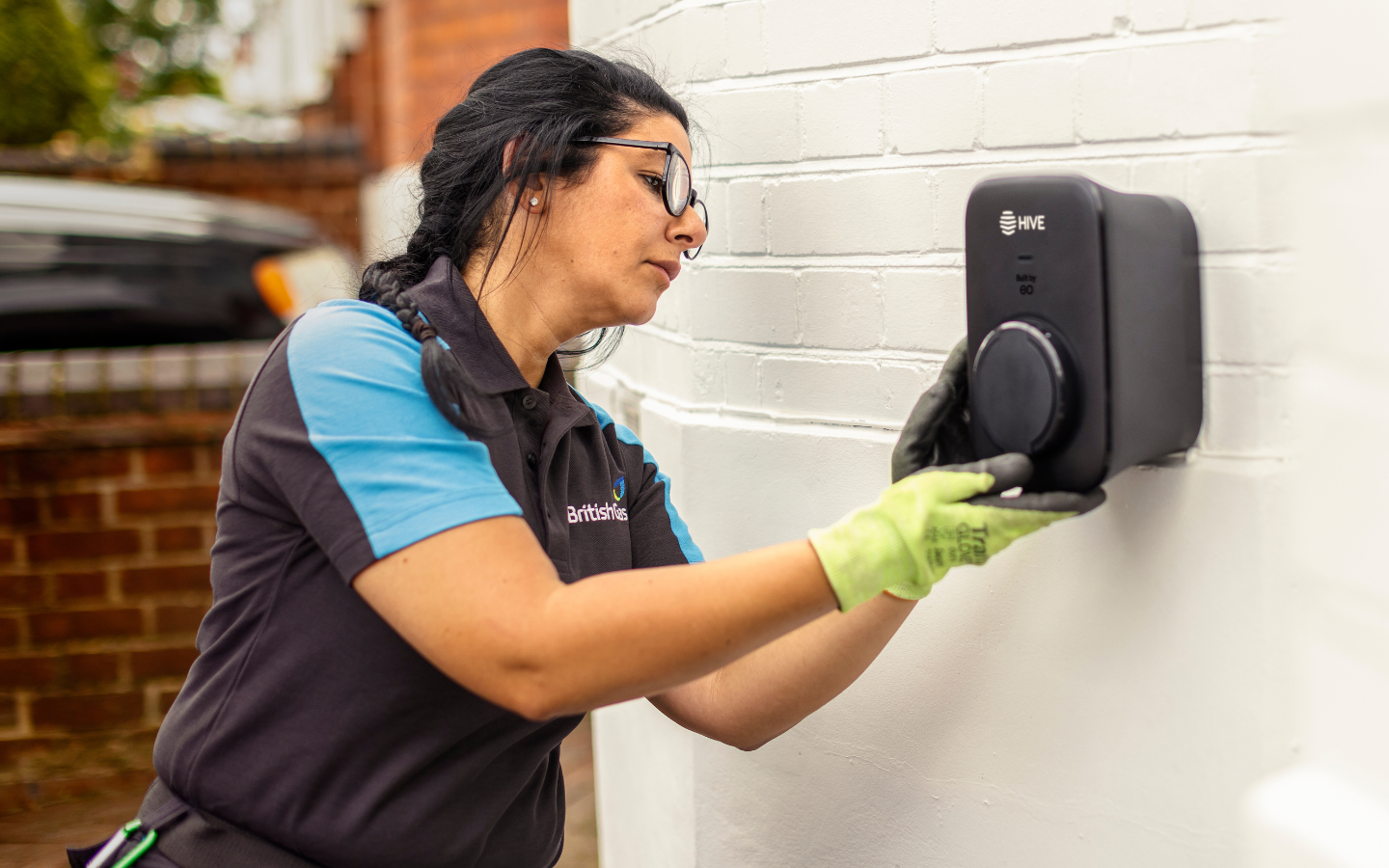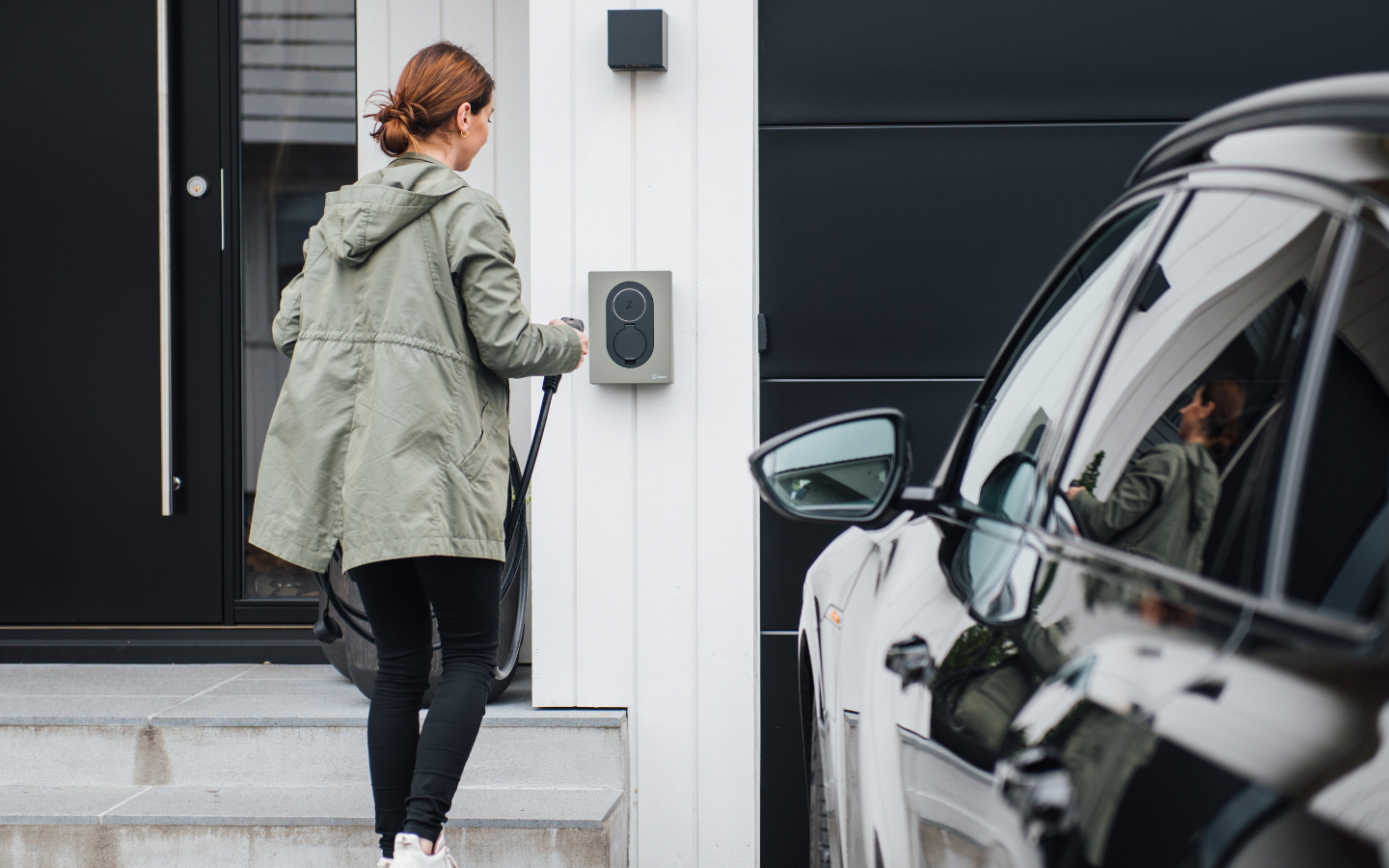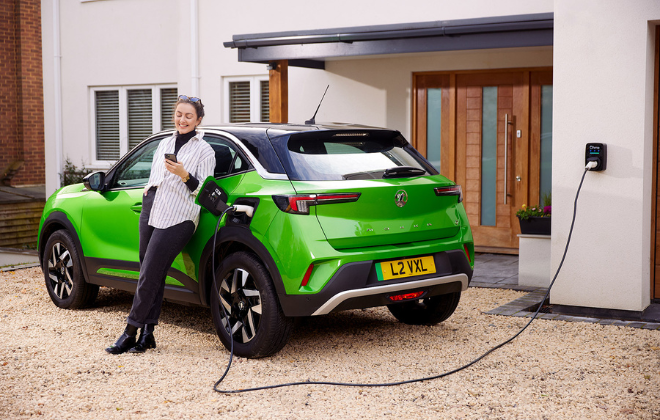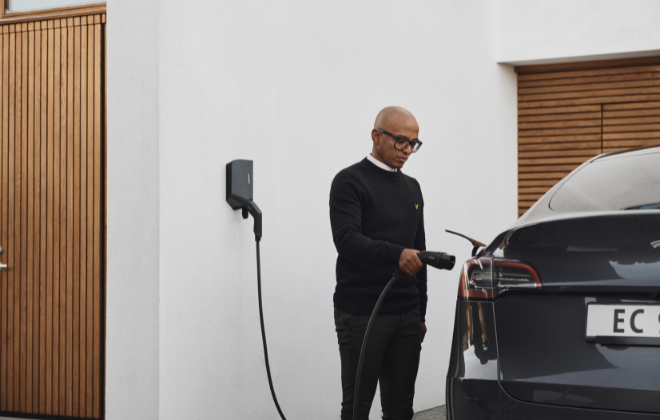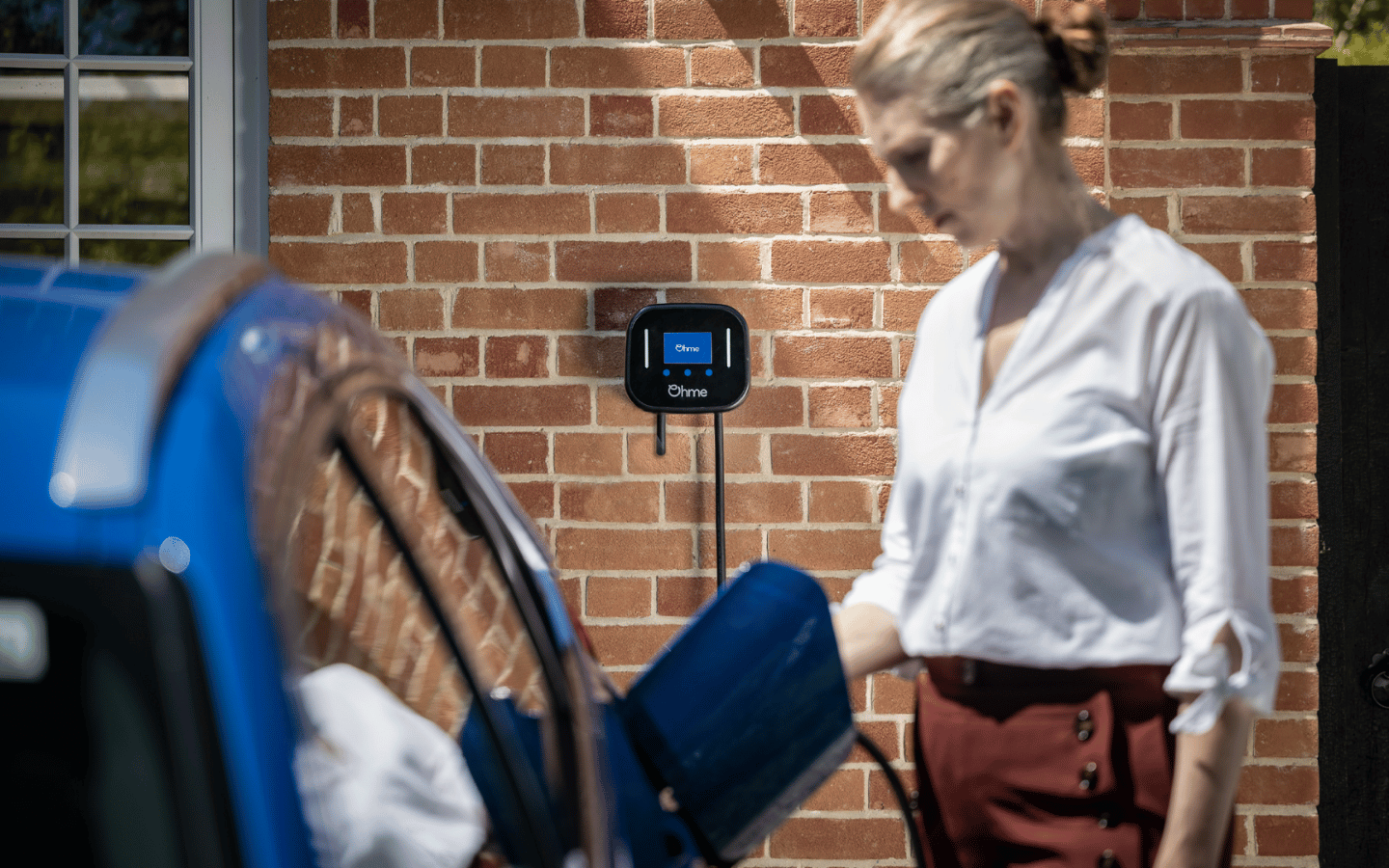

Do EV chargers need an earth rod?
Do EV chargers need an earth rod?
Are you considering installing an electric vehicle (EV) charger at home? If you’ve been scouring the internet for home electric car chargers, you may have come across the term – earth rod. But what is an earth rod? Do EV chargers need an earth rod?
In this blog post, we’ll explore whether or not an earth rod is necessary for your EV charger installation, provide alternatives to earth rods, and suggest the best EV chargers that don’t require an earth rod.
What is an earth rod?
An earth rod, also known as an earth electrode, is a conductive metal rod made of copper or steel that is inserted into the earth and connected to an EV charger. The earth rod serves as a means of protection for electrical equipment and installations by providing a path to ground for any stray electrical currents, helping to prevent lethal electrical shocks and other hazards in the event of a fault in the property’s electricity distribution system.
Why do you need an earth rod for EV charging stations?
An earth rod is needed to provide a safe and reliable connection between an electrical system and the ground. Without this connection, electrical equipment and installations can become extremely hazardous. In fact, installing an earth rod is also part of the 18th edition wiring regulations (unless other methods are used), which seeks to prevent a shock hazard which could occur if a fault develops.
UK homes have three earthing types: TT, TNCS (PME), and TNS. An earth rod is only needed to be installed if you have a TNCS (PME) or TNS earthing system. The vast majority of new and existing properties make use of either a TNCS (PME) or TNS earthing system.
A certified EV charger installer, such as We Power Your Car, can identify your earthing type and whether you need an earth rod.
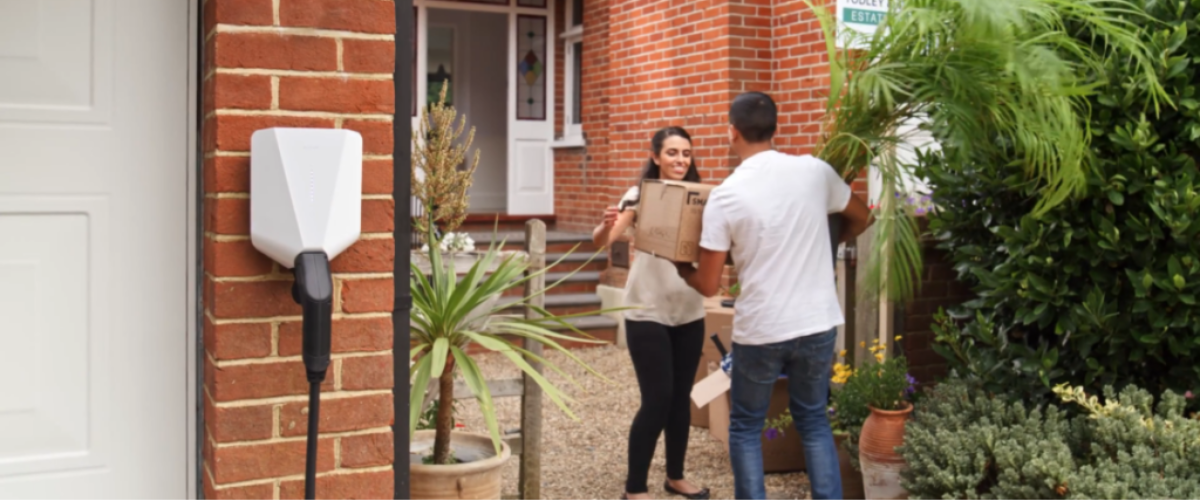
What are the disadvantages of an earth rod?
Firstly, earth rods are difficult and time-consuming to install – which could lead to added EV charger installation costs. For example, inserting the rod into the ground can be difficult, especially on rocky terrain. Moreover, some customers may not want you to drill into their driveway or want a metal pipe to ruin the aesthetics of their property.
Earth rods are also potentially dangerous to install. Home electric car chargers are usually installed near the incoming electrical supply cable, gas meter, water mains, and sewerage pipes. As such, when installing a rod into the ground, there is a potential risk of hitting one of these, which can cause issues and damage.
What are the alternatives to earth rods for EV chargers?
Many modern EV charging units have been designed to adhere to the 18th Edition wiring regulations and can be installed without requiring an earth rod. These chargers have built-in Open PEN fault protection, which removes the need for an earth rod.
A PEN fault protection system will continuously monitor the voltages on your incoming supply to detect low or high-voltage supplies and potential earth-neutral faults. If an issue is detected, it will cut off your charging point, preventing any lethal electrical shocks and other hazards.
If a charger does not have built-in PEN fault protection, this type of device can be supplied and installed separately with the charger itself, such as a matt:e. This device works the same as those built into the charger but is a separate device that must be purchased. As such, this can lead to an additional cost for an EV charger installation.
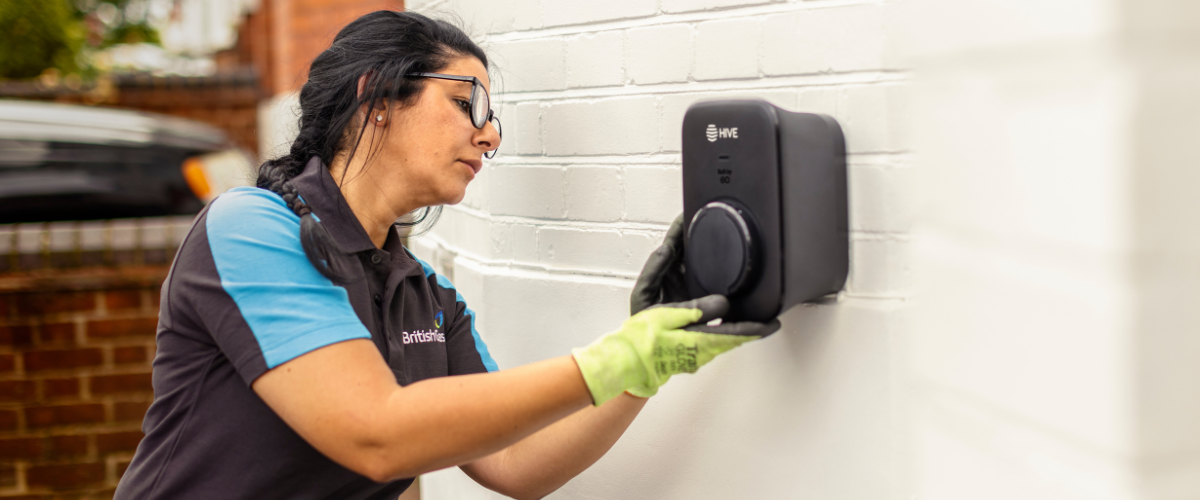
Do all EV chargers need earth rods? Why your EV charger may NOT need an earth rod:
Despite being essential for compliance with 18th edition wiring regulations, not all EV chargers need earth rods. If your home is already on an earth rod, you do not require a dedicated earth rod for an EV charger as you are already protected. Your EV charger installer will be able to identify if this is the case for you.
Again, you don’t need an earth rod if you are installing the charge point in a garage AND charging the car in the garage itself because the house earthing is sufficient to earth your car charger.
Another circumstance is if the EV charger you are installing has built-in PEN fault protection, you do not need to install an earth rod.
Lastly, if the charger you are installing does not have this built-in, but you are installing a separate PEN fault protection device at the same time as the charger, then you do not need to install an earth rod. This is because PEN fault protection devices serve the same function and level of protection as an earth rod.
EV charger earth rod requirements:
Earth rods are essential for EV chargers for safety and compliance with the 18th edition wiring regulations. That said, it’s highly unlikely your EV charger will need an earth rod in 2024 as almost all modern EV chargers are designed to meet wiring regulations, replacing earth rods will PEN fault protection (except for the Tesla Wall Connector that requires an earth rod). PEN fault protection monitors incoming supply voltages and prevents hazards.
Best EV Chargers that don’t require an earth rod?
Our range of market leading EV chargers, such as the Easee One, Ohme Home Pro, Ohme ePod and more, have built-in PEN fault protection, promising you a cheaper, safer electric car charger installation. Not only that, but we have expert engineers across the UK, meaning we can deliver the highest quality electric car charge installation wherever you are, with fast installation times.
If you want a home EV charger installation, click below to get your free quote, or contact us for more information or any queries you may have.
Related articles_
Stay up to date on the latest from We Power Your Car_
I consent to receive newsletters from We Power Your Car. Please see our Privacy Policy
